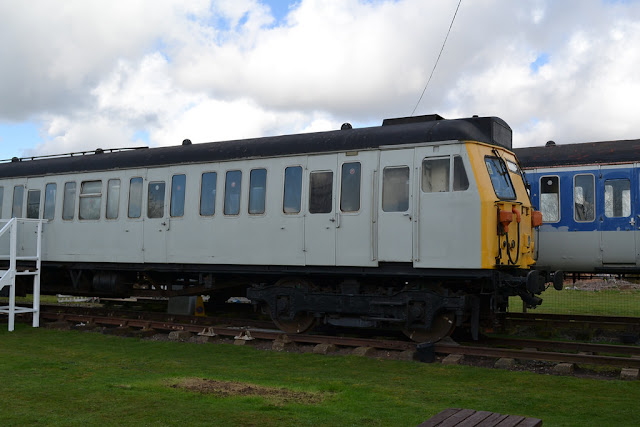| Information | |
|---|---|
| Number built: | 450 (75 6-car sets) |
| Built: | 1978-81 |
| Builder: | Metro-Cammell |
| Engine: | Brush LT118 traction motors (630v DC third & fourth rail) |
| Formation: | Driving Motor (DM)+Trailer (T)+ Uncoupling Non-Driving Motor (UNDM)+UNDM+T+DM (Some sets are DM+T+DM) |
The D78 Stock cars were the longest on the Underground, which proved to be a problem on the District Line's High Street Kensington - Edgware Road branch as the D78 Stock was too long (C Stock trains were used instead)! [3] Most D78 Stock formations had 2 Driving Motors (DMs) at either end with non-driving motor cars in the middle, though some had DMs in the middle meaning they could be used as 3 car sets. They were used as such for a couple of years on the East London Line in the mid-1980s.
The D78 Stock fleet received a heavy mid-life refurbishment in the 2000s but were replaced as part of London Underground's standardisation for its Surface Stock fleet. The D78 Stock's replacement by S Stock was complete in Spring 2017, a number of years earlier than planned. Some D78 Stock will live on on the National Rail network as Class 230 DMUs (or bi-mode hybrids).
 |
| 7535 at West Brompton |
 |
| 7094 at Earls Court |
 |
| 7049 at Kew Gardens |
 |
| Aboard a D Stock train in its latter days |
[1] Paul Moss, London Underground 1863 Onwards (Haynes, 2014) p. 132
[2] Piers Connor, The London Underground Electric Train (Crowood, 2015) p. 122
[3] Ben Muldoon, London Underground Rolling Stock Guide (Ian Allan, 2014) p. 26


